Living lands (2010 - Today)
Ride the movies? That's so '90s. Now, it was all about living the movies.
Even by 2010, the race was on as Disney and Universal scoured their catalogues (and those of other studios) to score the next Wizarding World; to secure the rights to build the worlds that guests wanted to be a part of... and it sure wouldn't hurt if they had a must-have "Butterbeer" or "wand" equivalent... As licensing deals and lands went into production across Disney and Universal parks, the scale of attractions shifted from cinematic E-Tickets to increasingly immersive, habitable worlds drawn from the screen.
Image: Disney / Pixar
First came Disney California Adventure’s Cars Land, recreating to exhaustive detail the neon Route 66 town of Radiator Springs from Pixar’s Cars. (Why Cars? Reportedly, the first film alone – while ranking low in Pixar's box office scores – garnered nearly $10 billion in merchandising and retail... Ka-chow!)
Aside from two family flat rides and the Modern Marvel: Radiator Springs Racers E-Ticket, the land's draws include Flo's V8 Cafe, the edible (and drinkable) "cone"-fections of the Cozy Cone Motel's quick service snack windows, and of course, plenty of merchandise at Sarge's Surplus Hut. Cars Land isn't just one of the most incredible things Disney's ever designed; it's also a perfect emulation of the Wizarding World model... though perhaps not finding that "Butterbeer" spark quite yet...
Image: Disney
Next up came the Magic Kingdom’s New Fantasyland, a gradual, multi-phase reimagining of the park’s tournament-tent style land, carving out mini neighborhoods of intricate rockwork, waterfalls, and architecture themed to The Little Mermaid, Beauty and the Beast, Snow White, and Dumbo. While LeFou's Brew at Gaston's Tavern is delicious, it still doesn't quite best Butterbeer, and the land's lack of E-Ticket anchor means it's a gorgeous addition, but not quite a "Potter-swatter."
Image: Warner Bros. / Universal
In 2014, Universal bested itself with a second half of the Wizarding World: Diagon Alley, set at the neighboring Universal Studios Florida park – the first piece in that park’s gradual transition away from “studio” styling and toward immersive lands that’s since seen Springfield U.S.A.: Home of the Simpsons, offering must-try food and drink from the long-running Fox series.
Image: Disney
Just as the Wizarding World readied for its debut, Disney gobbled up the rights to James Cameron's AVATAR, right as it shattered box office records to become the highest grossing film of all time (surpassed today only by Avengers: Endgame). Certainly, they couldn't have imagined that the 2009 film would somewhat awkwardly disappear without leaving so much as a footprint in pop culture... But construction moved forward at Disney's Animal Kingdom, and in 2017, Pandora: The World of AVATAR debuted.
The massive, cinematic lands whisks guests to the distant moon of Pandora with its floating mountains and bioluminescent alien jungles, cleverly severing the land from the (largely forgotten) film by setting it decades and decades after. Cleverly, the land is not an exact recreation of a place seen in the film, but rather an expansion of that cinematic world: the Valley of Mo'ara... A pattern that controversially continued in this biggest such project to date...
Image: Disney / Lucasfilm
The “magnum opus” was meant to be Star Wars: Galaxy’s Edge, which debuted at both Disneyland and Disney’s Hollywood Studios in 2019. Though it's lumped into the same grouping as the Wizarding World, Galaxy's Edge attempted something much more nuanced... and controversial. Rather than recreating one of the dozens of planets seen in the ever-expanding Star Wars universe, Galaxy's Edge is "set" in a remote trading village on the planet of Batuu, never seen in the series' films or shows.
In other words, just as quickly as Disney had adopted the Wizarding World model (for Cars Land and New Fantasyland), they promptly dropped it, opting to instead build lands inspired by and expanding upon the worlds seen in beloved films, but not brick-for-brick recreations...
This original world features Star Wars staples (including... yep... blue milk and opportunities to build Lightsabers for just $200 a piece), but purposefully leaves guests to create their own Star Wars story rather than reliving a specific film. Like the Wizarding World, it's a land of merchant "stalls" run by the citizens of Black Spire Outpost, a Star Wars-style "Cantina" bar built at "local" scale, and in-universe merchandise like Droids and "hand-sewn" plush creatures rather than LEGO sets or action figures (even if, oddly, guests who purchase Jedi robes or First Order tunics can't wear them in the land without violating Disney's costume rules...).
Image: Disney / Lucasfilm
Batuu was created in immense scale and with unprecedented realism... some of which has rubbed guests the wrong way. By necessity of its timeline (in Disney's "sequel trilogy"), Darth Vader is long since dead, and Han Solo is no where to be seen... even on the land's Millennium Falcon: Smugglers Run attraction. In the spirit of photorealism, the land's soundscape is made of landing ships and alien conversations, not the iconic Star Wars score you'd expect. Exhaustive "live action role-playing" detail prohibits Cast Members from deviating from Batuu lingo or answering common guest questions, and "in-universe" food names (like "fried Endorian tip-yip" and "shaak roast") proved too incomprehensible for guests, resulting in name changes to "Endorian chicken" and "pot roast."
But don't worry... Disney did manage to squeak Coca-Cola into the land via Aurabesh-language "alien" bottles.
Image: Disney
Still, the extremes of Galaxy's Edge are enough to cause industry followers to wonder how far "immersive" can and should go... Even if it reaches for the essence of the Wizarding World model, does Galaxy's Edge fall short specifically because it's an original world and not a recreation of one seen on screen? While Imagineers' commitment to realism was astounding, it may be impractical to commit so entirely to bringing a world to life... We'll have to see how tinkering changes Galaxy's Edge (and Disney's next phase of "live the movies" lands) for the future...
Meanwhile, full lands themed to Frozen, The Avengers, and Zootopia are on order for Hong Kong Disneyland, Disney California Adventure, Shanghai Disneyland, and Walt Disney Studios while Universal cranks out lands dedicated to Transformers, Despicable Me, Jurassic World, Kung-Fu Panda, Nintendo, How To Train Your Dragon, and more. In other words, though we've shifted from “riding the movies” to living your own cinematic adventure, the trend toward bringing to life worlds straight from the screen doesn't seem to be slowing...
Balance...
Image: Disney
In fairness, the modern Disney Company’s catalogue of brands, characters, stories, and content is sincerely limitless... and hard-won. Which perhaps explains Parks, Experiences, and Products chairman Bob Chapek’s frustrating pronouncements, like at the 2019 D23 Expo when he reiterated that fans have been “heard loud and clear” that they want more characters in Epcot. Most revealing of all, though, was his comment to the press at the opening of Star Wars: Galaxy’s Edge when pressed on Disney Parks' IP-assault:
"We've got the wealth of riches, we've got an embarrassment of riches, and we don't want to do anything that anybody else can do. A lot of times people say, ‘Why does everything have to have a franchise orientation?’ Because that's our barrier to entry. Because if any of our competitors had our intellectual property, guess what? They would be doing the exact same thing we're doing, but they don't have it. We do. So we're going to build it.”
Image: Disney
Is he wrong? Of course not. It seems that Chapek is simply saying out loud what Eisner merely seemed to suggest... And despite fans frustrations and annoyances, it's undeniable:
- It would be illogical to leave Disneyland Paris' Lost Legend: Space Mountain - De la Terre a la Lune themed to a public domain Jules Verne novel just so a few fans can fawn over it when Star Wars is earning billions at the box office.
- What company would build the Modern Marvel: Mystic Manor at California Adventure when Radiator Springs Racers has a franchise behind it that’s earned well over $10 billion in merchandising alone?
- It doesn't make good business sense to have Paradise Pier sitting around and taking up space when Pixar Pier can sell Jack Jack's Cookie Num-Nums and draw in guests with the built-in marketing of Toy Story and Inside Out.
Image: Disney
- It would be outrageous to leave the Lost Legend: Twilight Zone Tower of Terror in a park when Guardians of the Galaxy - Mission: BREAKOUT! has a built-in fan base and connects to the highest grossing film of all time.
- Building Mysterious Island and the Modern Marvel: Journey to the Center of the Earth at Animal Kingdom would be tantamount to robbing shareholders when AVATAR broke box office records.
Chapek seems to feel – perhaps correctly! – that it would be a dereliction of his duties (remember, Vice President of Parks and Products) to leave money on the table by eschewing Disney’s hundred-billion-dollar acquisitions from the last three decades in favor of original characters and stories. And in terms of value to shareholders… he’s right. Arguments about the long-term vision or strategy for individual parks or lands are simply not even at the table.
Image: Disney
There are at least two differences between Eisner's incorporation of movies and Iger's.
- Quality. Whereas Eisner's insertion of characters was all about quantity, at least under Iger's watch, Disney's character infusions have reached incredible heights from Cars Land to Galaxy's Edge. While there are also uninspiring lows like Pixar Pier and Toy Story Land, at least there's evidence that Disney will spend big to bring movies to the parks when they want to.
- Position. Almost invariably, Eisner's later character additions came from a place of fear; fear of another devestating miss like Disneyland Paris, and comfort in the certainty of a blockbuster to remove a "barrier to entry." Meanwhile, Iger and Chapek seem to approach "bringing movies" to life from a position of power, recognizing the industry-leading catalogue Disney owns and believing (rightly or wrongly) that seeing those properties in the parks is what people want.
Perhaps like Cynthia Harris and Paul Pressler – the budget-conscious, cost-cutting executives Eisner surrounded himself with – Chapek will be remembered as a tone-deaf executive championing bare-bones staffing, merchandising, and flavor-of-the-week film overlays over long-term sustainability or storytelling. But for the modern Walt Disney Company, “riding the movies” has simply evolved.
Image: Disney
Love it or leave it, the foreseeable future of theme parks mirrors the entertainment industry as a whole, where content is king. He who owns the license owns the world – in this case, the worlds of Harry Potter, Cars, Avatar, Toy Story, Star Wars, Frozen, The Avengers, Zootopia, and beyond. From this moment on, Disney Parks are places to “live the movies..." At least, the ones with a signature drink or must-have accessory baked in...
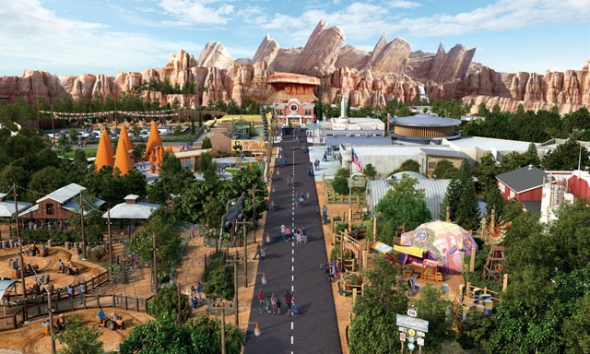
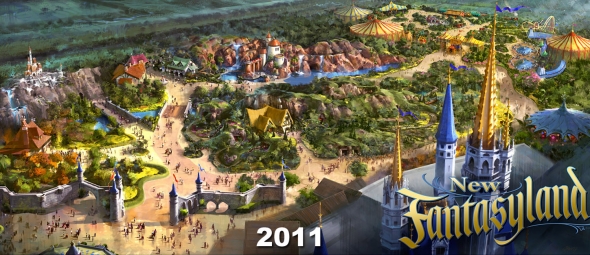
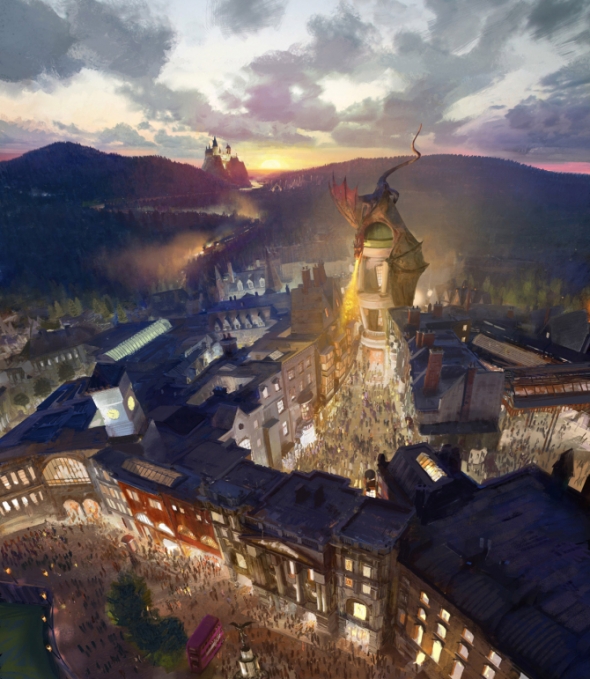
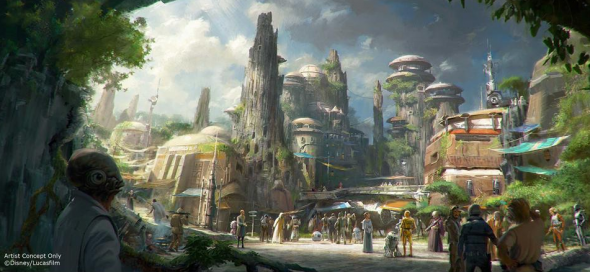
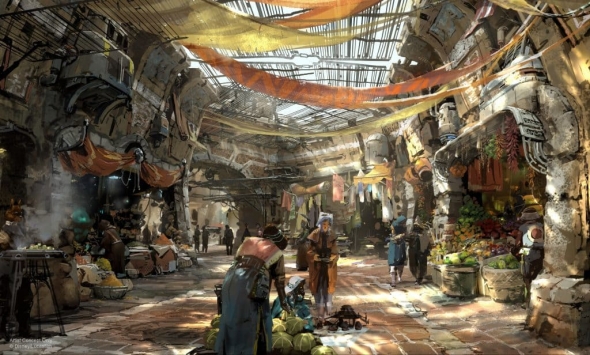
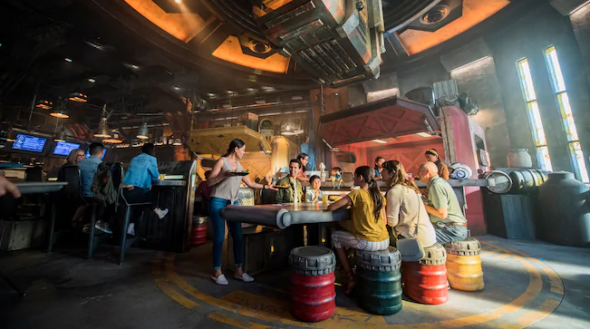
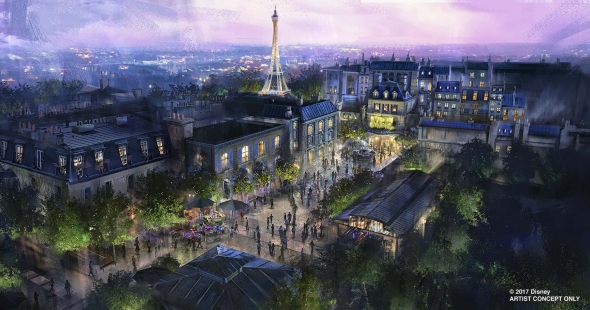
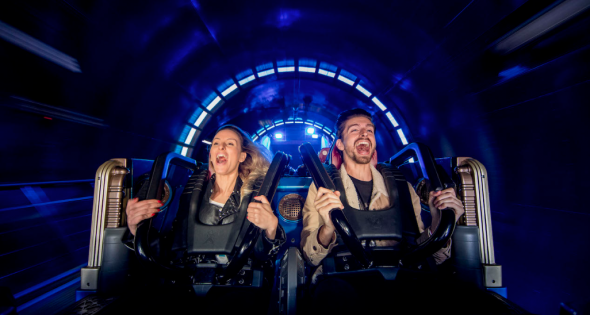
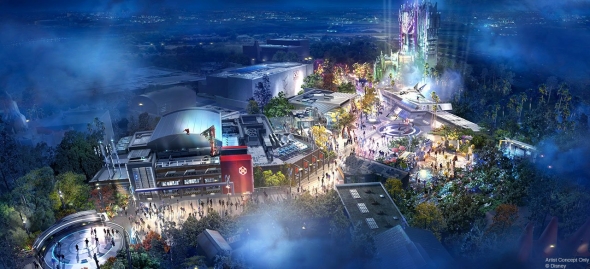
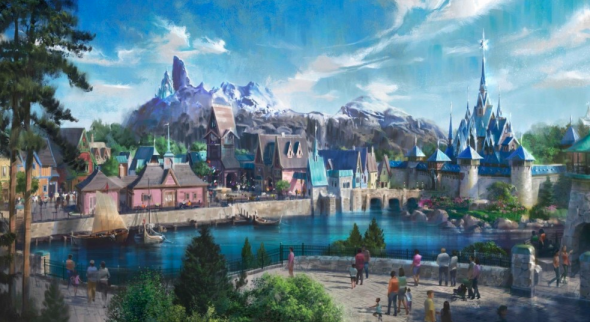
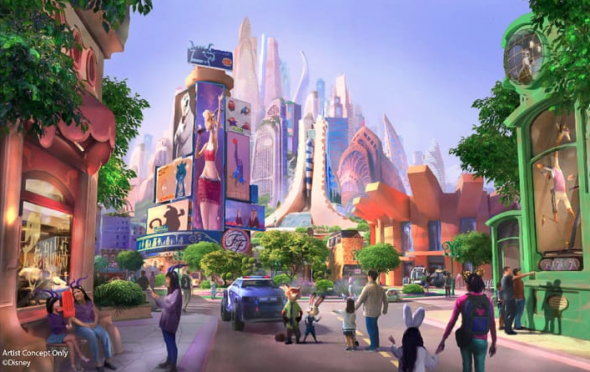

Add new comment